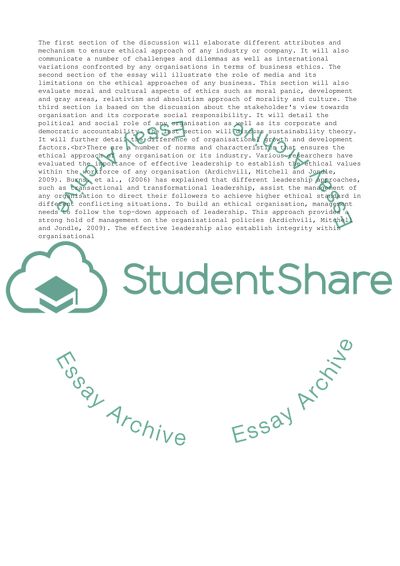Cite this document
(Business ethics and Sustainability Essay Example | Topics and Well Written Essays - 3000 words, n.d.)
Business ethics and Sustainability Essay Example | Topics and Well Written Essays - 3000 words. https://studentshare.org/business/1868651-business-ethics-and-sustainability
Business ethics and Sustainability Essay Example | Topics and Well Written Essays - 3000 words. https://studentshare.org/business/1868651-business-ethics-and-sustainability
(Business Ethics and Sustainability Essay Example | Topics and Well Written Essays - 3000 Words)
Business Ethics and Sustainability Essay Example | Topics and Well Written Essays - 3000 Words. https://studentshare.org/business/1868651-business-ethics-and-sustainability.
Business Ethics and Sustainability Essay Example | Topics and Well Written Essays - 3000 Words. https://studentshare.org/business/1868651-business-ethics-and-sustainability.
“Business Ethics and Sustainability Essay Example | Topics and Well Written Essays - 3000 Words”. https://studentshare.org/business/1868651-business-ethics-and-sustainability.


